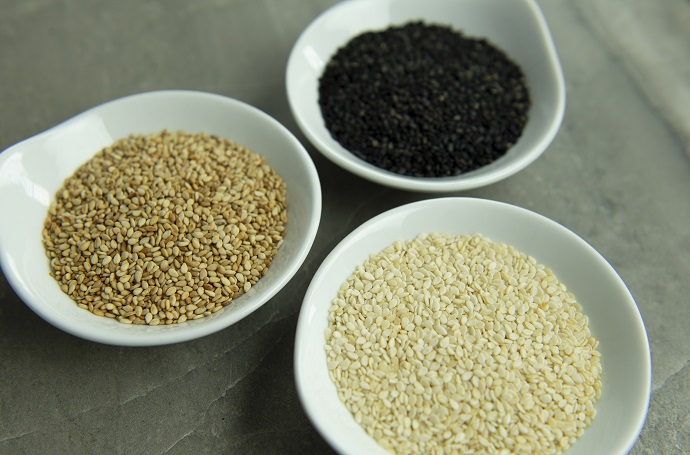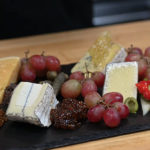Growing Your Own Produce
Nutrition, Growing SAGE
The days are getting longer, and that means it’s time to start thinking about spring gardens. More than 200 of the communities we serve have a type of garden — from simple herb boxes to full-fledged farms. And to put it simply, we love it when our communities grow their own. Campus gardens provide endless opportunities for learning, and they have a positive impact on the food and vegetable consumption of the students we serve. We live in a busy...
From Our Dietitians: Top 10 Tips to Persuade Picky Eaters
Nutrition
You want your children to have the best nutrition possible—but let’s be real, when it comes to eating new or healthy foods, kids can be stubborn. Don’t despair! These tips from our Dietitians, coupled with some patience and perseverance, will help expand the palettes of even your most finicky eaters. 10. Change it up: Introduce previously rejected foods in new ways. Use different spices, flavors, or cooking methods. 9. Go all in: Cook the same meal for the whole family...
From Our Dietitians: Farmed versus Wild-Caught Fish
Nutrition
Farmed or wild-caught fish? It’s an issue that consumers consider for both health and environmental reasons. Health-wise, you might wonder which has more nutrients. Environmentally, you wonder which is better for fish populations and the oceans. Read on to learn more and find some tips to source fish that’s right for you. Health Impacts of Fish Consumption Fish is generally considered nutrient-dense, protein-rich, and relatively low in sodium. Fish and shellfish are the main dietary sources of omega-3 fatty acids...
From Our Dietitians: Fueling Athletes on the Go
Nutrition, Performance Spotlight
For families with young athletes, spending time on the road is a fact of life. While this is a fun, exciting time for the whole family, frequent travels between practices, games, and tournaments can limit dining options, which may make it more difficult to fulfill your athlete’s nutritional needs. Our Registered Dietitians put together some tips based on our Performance Spotlight™ athletic nutrition program to help you fuel up for best performance when you’re on the go. Carbohydrates – provide...
The Prevalence of Food Allergies at SAGE
Nutrition, Allergies
As a dining service that primarily serves children ages 5-18 in approximately 275 independent schools in North American states and provinces, including British Columbia, we know first-hand about the severity, prevalence, and rising incidences of food allergies in recent years. Feeding food-allergic students, some of whom may be navigating food choices independently for the first time, is a tremendous responsibility that we take very seriously. To better understand our food-allergic population, we conduct an annual client survey about allergies to...
FROM OUR DIETITIANS: Making the Case to Add Sesame to the List of Major Food Allergens in the U.S.
Nutrition, Allergies
As a dining service that primarily serves children ages 5-18, we know firsthand about the severity, prevalence, and rising incidence of food allergies among young people. And we know that for people with food allergies, clear and accurate labeling is a life or death issue. According to the Food Allergen Labeling and Consumer Protection Act of 2004 (FALCPA), the U.S. Food & Drug Administration (FDA) identifies the eight most common allergenic foods as milk, eggs, fish, crustacean shellfish, tree...
Sourcing A Favorite Fish for Health and Environmental Benefits
Nutrition, Locally Sourced
Tilapia is a favorite in lots of households and many of the communities we serve—it’s often the first fish kids eat because of its mild flavor and appealing consistency. It’s low in mercury, nutrient-rich, cost-efficient, and a good source of lean protein. However, there have been concerns about tilapia farming practices and their potential health and environmental impact. To address these points, SAGE will source our tilapia exclusively from a responsible and sustainable supplier, Regal Springs©. Regal Springs© raises lake-grown...
Managing a Food Allergy While Traveling
Nutrition, Allergies
Roughly 50 million people in the U.S. travel over the Thanksgiving holiday, and more than 15 million people in the U.S. have with food allergies. That means this holiday season, there are a lot of Epi-Pens® going through security. And though there’s comfort in these numbers, people with food allergies and their family members are never fully relaxed or off duty when traveling. They’re well aware of the fact that most fatal food allergic reactions are triggered by...





